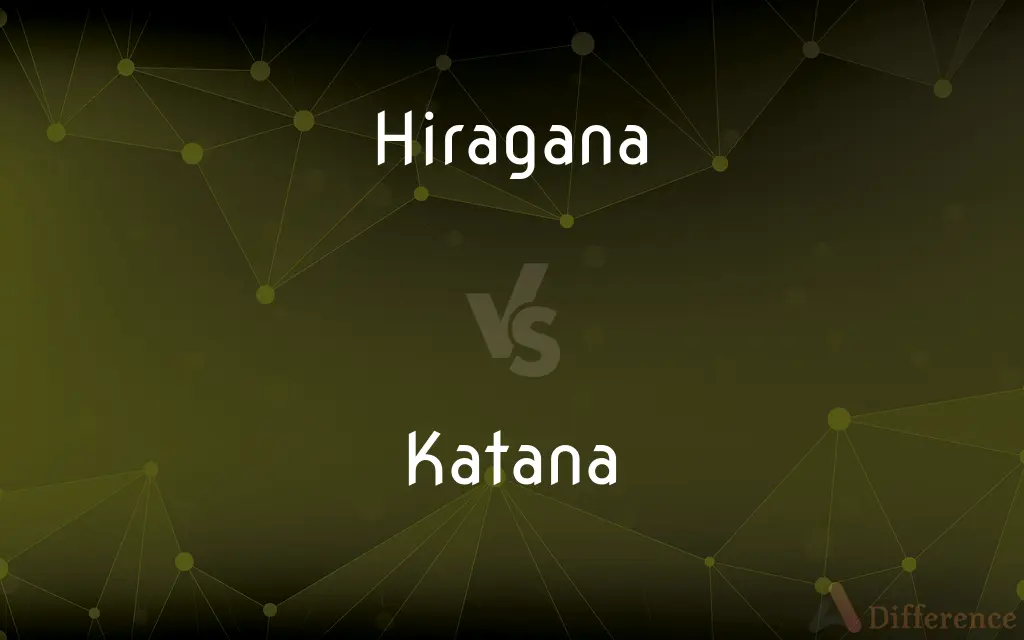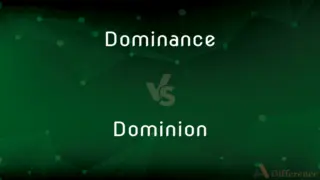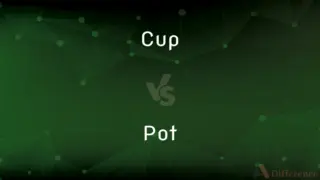Hiragana vs. Katana — What's the Difference?
Edited by Tayyaba Rehman — By Maham Liaqat — Updated on May 17, 2024
Hiragana is a Japanese syllabary used for writing native Japanese words, while a katana is a traditional Japanese sword known for its curved, single-edged blade.

Difference Between Hiragana and Katana
Table of Contents
ADVERTISEMENT
Key Differences
Hiragana is one of the three scripts used in the Japanese writing system, consisting of 46 basic characters. It represents syllables and is primarily used for native Japanese words, grammatical functions, and children's literature. Katana, on the other hand, is a type of traditional Japanese sword characterized by its curved, single-edged blade, long grip, and distinctive craftsmanship. It is historically associated with the samurai and known for its sharpness and strength.
While hiragana is a fundamental component of the Japanese writing system used in everyday language, a katana is a cultural artifact with historical significance in Japanese martial arts and history. Hiragana is integral to literacy and communication, whereas a katana represents Japanese heritage and martial prowess.
Hiragana's simplicity and phonetic nature make it accessible for learners of Japanese, whereas the katana requires skilled craftsmanship and training to wield properly.
Hiragana facilitates written communication in Japanese, while the katana embodies traditional Japanese weaponry and cultural identity.
Comparison Chart
Definition
Japanese syllabary used for writing words
Traditional Japanese sword
ADVERTISEMENT
Usage
Writing native Japanese words, grammar
Martial arts, historical and cultural symbol
Characters/Design
46 basic characters
Curved, single-edged blade, long grip
Purpose
Facilitates literacy and communication
Weapon, cultural heritage
Accessibility
Essential for learning Japanese
Requires skilled craftsmanship and training
Compare with Definitions
Hiragana
A Japanese syllabary used for writing native words and grammatical functions.
She learned hiragana to read Japanese children's books.
Katana
A traditional Japanese sword with a curved, single-edged blade.
The samurai drew his katana in a swift motion.
Hiragana
Consists of 46 basic characters.
The hiragana for a is あ.
Katana
Symbolizes martial prowess and cultural heritage.
The katana is displayed in museums as a symbol of Japanese history.
Hiragana
Used in conjunction with kanji and katakana.
Hiragana is often used for verb endings and particles.
Katana
Known for its sharpness and strength.
The katana is famous for its precise cutting ability.
Hiragana
Represents syllables phonetically.
こんにちは (konnichiwa) uses hiragana characters.
Katana
Crafted with distinctive techniques and materials.
The katana's blade is folded multiple times to enhance its strength.
Hiragana
Simplified script accessible to learners.
Hiragana is typically the first script taught to Japanese language learners.
Katana
Historically associated with the samurai.
The katana was an essential part of a samurai's armament.
Hiragana
Hiragana (平仮名,ひらがな, Japanese pronunciation: [çiɾaɡaꜜna]) is a Japanese syllabary, one component of the Japanese writing system, along with katakana, kanji and in some cases Latin script. It is a phonetic lettering system.
Katana
A katana (刀 or かたな) is a Japanese sword characterized by a curved, single-edged blade with a circular or squared guard and long grip to accommodate two hands. Developed later than the tachi, it was used by samurai in feudal Japan and worn with the blade facing upward.
Hiragana
The cursive and flowing variety of kana used in most modern Japanese texts especially to represent inflectional endings and particles.
Katana
A long, single-edge sword for use with two hands, traditionally worn by samurai.
Hiragana
(uncountable) The main syllabary for the Japanese language, used to represent native Japanese words, including particles, and when kanji is used, to represent verb and adjective endings.
Katana
A type of Japanese longsword or tr=nihontō, having a single edge and slight curvature, historically used by samurai and ninja.
Hiragana
A letter of this syllabary.
Common Curiosities
What is a katana?
A katana is a traditional Japanese sword known for its curved, single-edged blade and historical significance.
What is hiragana?
Hiragana is a Japanese syllabary used for writing native Japanese words and grammatical elements.
How many characters are in the hiragana syllabary?
There are 46 basic characters in the hiragana syllabary.
What makes a katana unique among swords?
Its curved blade, sharpness, and traditional craftsmanship make it unique.
Is hiragana used alone in Japanese writing?
No, it is used alongside kanji and katakana.
What are the primary uses of a katana?
Historically used in combat by samurai, now a symbol of Japanese culture and martial arts.
Can hiragana be used for foreign words?
Typically, katakana is used for foreign words, while hiragana is used for native words.
Why is hiragana important for learning Japanese?
It is essential for reading and writing native Japanese words and for understanding grammatical structures.
Can hiragana be written in different styles?
Yes, hiragana can be written in various calligraphic styles.
What is the relationship between hiragana and kanji?
Hiragana is used to write native Japanese words and grammatical elements, often complementing kanji characters.
What is the historical significance of the katana?
The katana symbolizes the samurai's honor and skill, and is an important part of Japanese history.
How is a katana made?
It is crafted through a process of folding and forging steel, resulting in a strong and sharp blade.
Is a katana used in modern Japanese martial arts?
Yes, it is used in martial arts like kendo and iaido.
Are katanas still used today?
Katanas are mostly used in martial arts, ceremonies, and as cultural artifacts.
How does one learn to use a katana?
Training to use a katana involves rigorous practice under the guidance of a skilled instructor.
Share Your Discovery

Previous Comparison
Dominance vs. Dominion
Next Comparison
Cup vs. PotAuthor Spotlight
Written by
Maham LiaqatEdited by
Tayyaba RehmanTayyaba Rehman is a distinguished writer, currently serving as a primary contributor to askdifference.com. As a researcher in semantics and etymology, Tayyaba's passion for the complexity of languages and their distinctions has found a perfect home on the platform. Tayyaba delves into the intricacies of language, distinguishing between commonly confused words and phrases, thereby providing clarity for readers worldwide.
















































